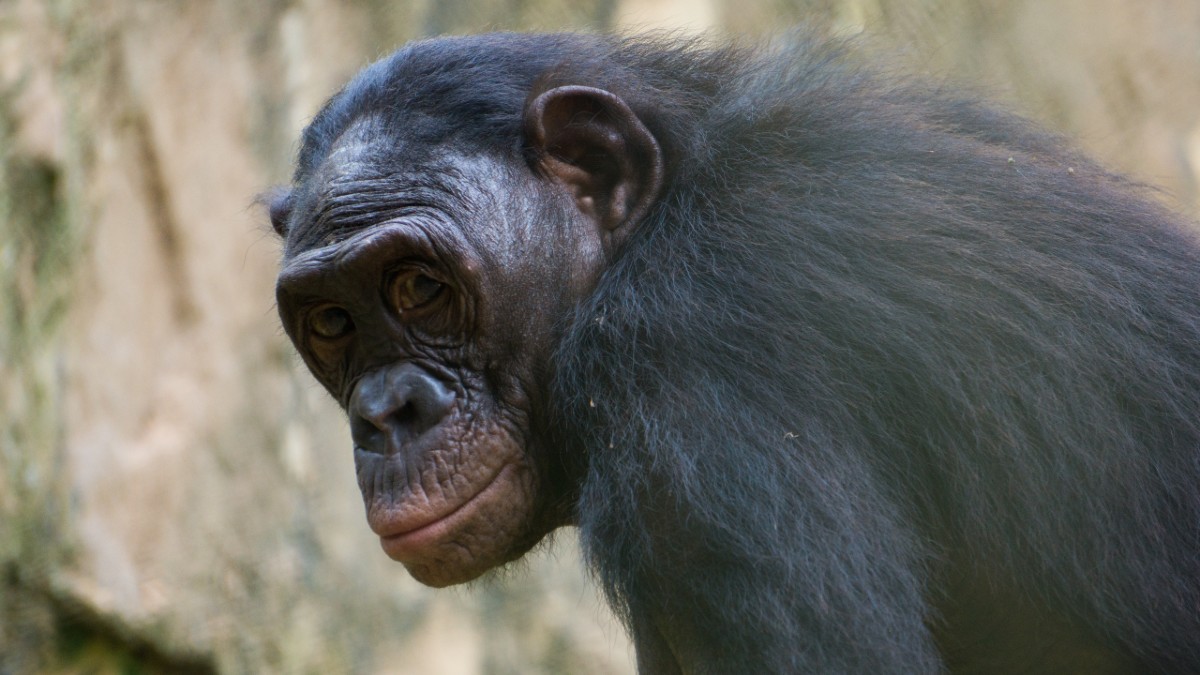Humans Have Unbelievable Retained Memories Of Pre-Historic Language
Researchers have found that humans can understand common ape signs and gestures, giving clues to how language evolved.

Only about 7% of human communication is done through words, with the rest being non-verbal communication such as tone of voice, facial expressions, and hand gestures. It turns out that humans can understand these gestures from apes and other primates too, as CNN reports. This finding, based on a study published Tuesday in the journal PLOS Biology, indicates that humans may have retained knowledge of this ape sign language from our ancestors.
Great apes use this sign language to communicate needs or wants, such as asking to be groomed, telling another ape to climb on its back for carrying, and even asking each other for sex. Chimpanzees and bonobos, being the closest genetically to humans, have provided important clues to how language has evolved in humans. Infants and toddlers use up to 50 of the 80 identified ape gestures as they work on learning to speak.
Usually, apes are tested to see what human language they can interpret, but this time, researchers flipped the script and asked humans to interpret ape sign language after watching a short video of ape cousins communicating. The participants correctly identified the meaning of the gesture more than half the time, with some gestures being correctly interpreted 80% of the time. This is a much higher rate than guesses made my chance would have yielded.
What this hints at is that humans may still understand this ape sign language because it continued to be used by our most recent common ancestors as humans began to evolve. This study may also suggest a human understanding of ape vocalizations. However, this retention of communication comprehension still remains a mystery.
The question raised by the study is whether human reasoning helps with interpreting communication, or if it is innate. The researchers plan on cataloging more gestures, not just from the chimps and bonobos but also from great apes, gorillas, and orangutans to expand on both the meaning of the ape sign language and on humans’ ability to understand it. As participants in future studies are exposed to more of these signals, scientists can also measure how often they are understood by the humans observing them.

It turns out that studying how humans interpret ape sign language isn’t the only avenue to understanding how language evolves. Communication with other animals can also yield some clues as to how humans understand both verbal and non-verbal language. The researchers expressed interest in studying how dogs and humans communicate since the two co-evolved as man’s best friend was domesticated into that role.
While humanity may never become like Dr. Doolittle and be able to converse with animals the way we do with one another, the fact that we can understand the ape sign language of our closest relatives in the animal world provides another link to how humans became what we are. It gives us a glimpse of how we evolved and learned to express ourselves from our body language to our spoken language, through to our written language. This can only help us learn better ways to communicate with one another and with our world.











